Titbits and News from the Mare Nostrum
Archaeologists Discover Decorated Stelae in Canaveral de Leon, Spain
Archaeologists have found a new decorated stela in Spain. The stela has features that are typically associated with both male and female stela. This suggests that gender roles in Late Bronze Age and Early Iron Age Iberia may have been more fluid than previously thought.
By Nick Nutter on 2023-10-5 | Last Updated 2025-05-20 | Titbits and News from the Mare Nostrum
This article has been visited 2,444 times

Image - University of Durham
Las Capellanias
Las Capellanias is a large site, over 20 hectares, which contains a variety of funerary monuments, including burial mounds, stone cists, and cremation pits.
Do you enjoy my articles? For your reading pleasure, this website does not carry third party ads. You could help me write more articles by buying me a cup of coffee.
Las Capellanias necropolis
The necropolis is dated to the Late Bronze Age and Early Iron Age, from the 13th to the 5th centuries BC. It is located in a strategic location, on a ridge overlooking the Guadiana River. This suggests that it was an important site for trade and communication.
The necropolis has been excavated by a team of archaeologists from the University of Gothenburg, Durham University, the University of Seville, and the University of Southampton. The excavations have revealed a wealth of information about the people who lived in this region during the Late Bronze Age and Early Iron Age.
Las Capellanias Stela
The researchers believe that the stela was likely placed as a territorial marker for funerary monuments within one of the most important natural pathways linking two main river basins, the Guadiana and the Guadalquivir. This suggests that stelae-making may have been an activity with special meaning, conducted as part of funerary rituals in Late Bronze Age and Early Iron Age Iberia.
The fact that three stelae have been found at Las Capellanias funerary complex also indicates that previous finds of other grouped stelae, such as those found in Hernan Perez in central-west Spain, may also have been originally set in funerary complexes.
The recently discovered stela in Canaveral de Leon exhibits distinctive features, including what appears to be a necklace or a headdress. These characteristics are commonly associated with stelae categorized as "headdress" or "diademated" stelae, often interpreted as representing females.
Conversely, attributes typically encountered on state known as "warrior" stelae, such as depictions of swords, are typically linked to male representations. This categorization of standardized iconography, which may be related to specific societal roles, has been primarily derived from a limited number of stelae displaying sexual characteristics.
However, the new stela in Canaveral de Leon combines traits of both "headdress" and "warrior" types, showing that the social roles depicted by these standardized iconographies were more fluid than previously thought. Furthermore, as the new stela also includes male genitalia, it demonstrates that these social roles were not restricted to a specific gender but could be associated with different genders.
,p>This discovery challenges traditional interpretations of gender roles in Late Bronze Age and Early Iron Age Iberia. It also suggests that stellae may have played a more complex role in funerary rituals than previously thought.Burials at Las Capellanias
In addition to the decorated stela, the excavations have also revealed evidence of other types of burials; over 500 burials, typically oriented to the east. These include burial mounds, which were made of earth and stone, and stone cists, which were made of large stones. The excavations have also revealed evidence of cremation, which was a common practice during this period.
Artefacts from Las Capellanias
The artifacts found at the site provide further insights into the lives of the people who lived in this region. These artifacts include pottery, jewellery, and weapons. The pottery is decorated with geometric and figurative motifs. The jewellery includes necklaces, bracelets, and earrings. The weapons include swords, spears, and daggers.
The Las Capellanias necropolis is a valuable resource for understanding the history and culture of the people who lived in this region during the Late Bronze Age and Early Iron Age.
The artifacts found at the site are now on display at the Museo Arqueologico Provincial de Huelva in Huelva, Spain.
Do you enjoy my articles? For your reading pleasure, this website does not carry third party ads. You could help me write more articles by buying me a cup of coffee.
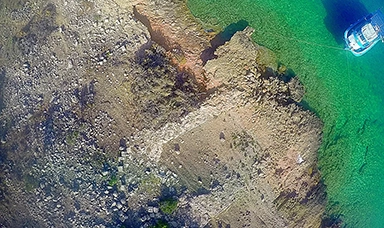 Dana Island, oldest ancient shipyard
Dana Island, oldest ancient shipyard A Bronze Age Courier Service
A Bronze Age Courier Service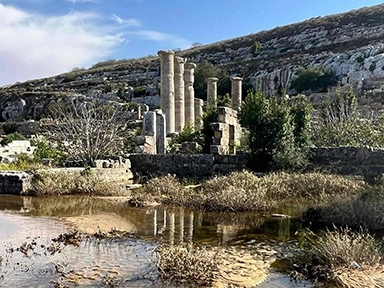 Cyrene's Lost Treasures
Cyrene's Lost Treasures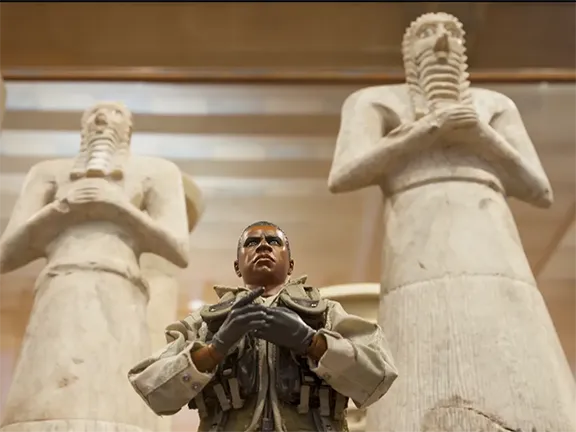 The Invisible Enemy
The Invisible Enemy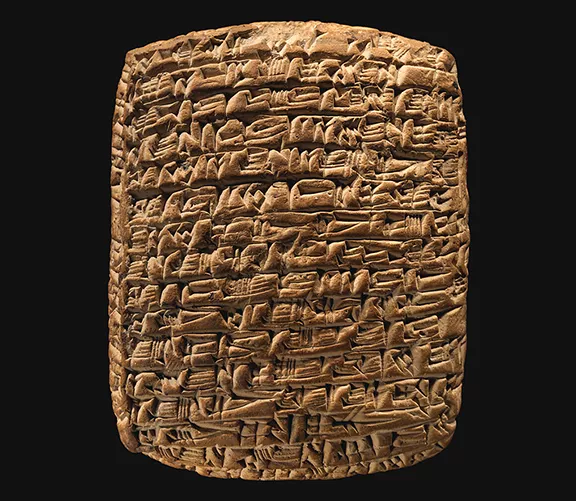 The World's First Company
The World's First Company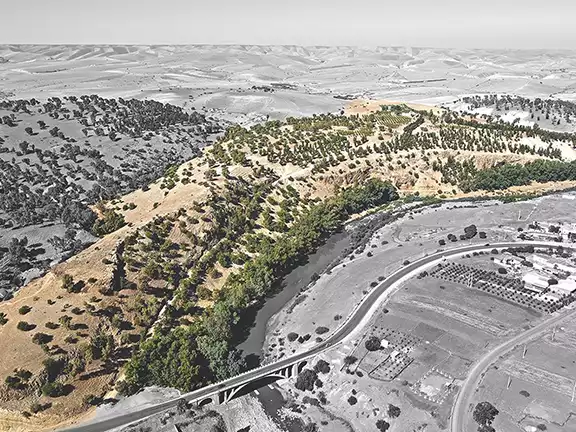 The Copper Age Site of Oued Beht
The Copper Age Site of Oued Beht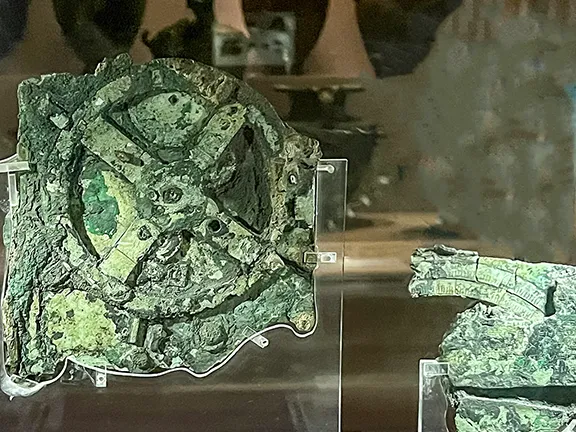 How the Antikythera Mechanism Works
How the Antikythera Mechanism Works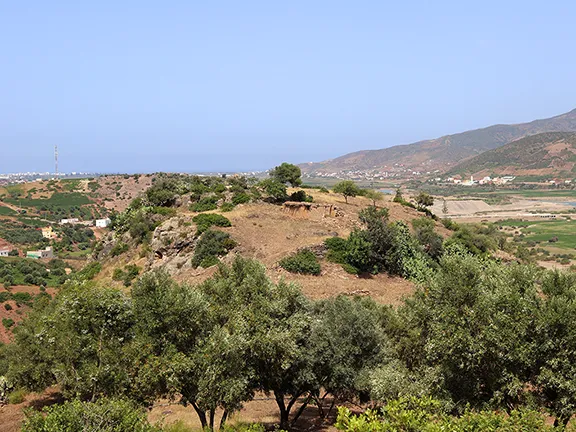 Kach Kouch and Iberia
Kach Kouch and Iberia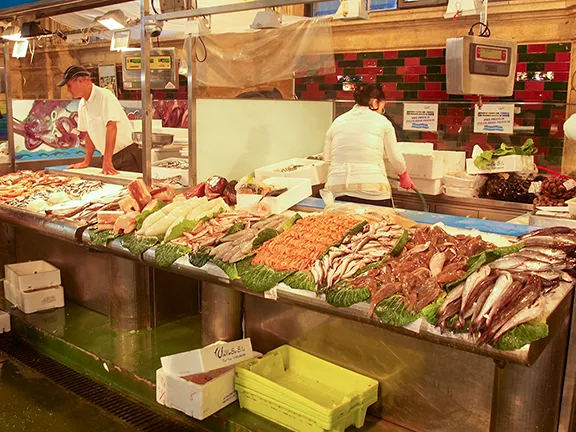 Mediterranean Diet Evolution
Mediterranean Diet Evolution Hidden Colours of Ancient Statues
Hidden Colours of Ancient Statues Cleopatra: Egypt's Last Pharaoh
Cleopatra: Egypt's Last Pharaoh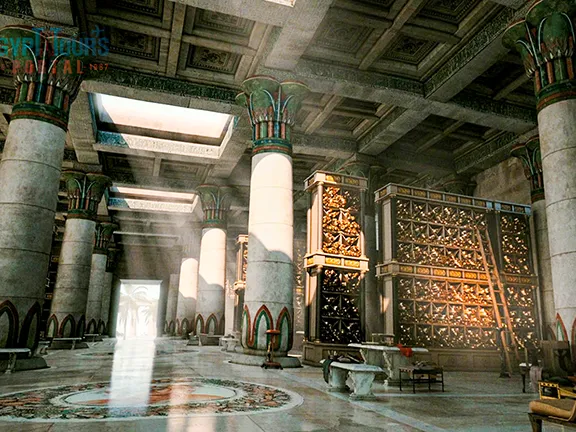 Alexandria Library's True Fate
Alexandria Library's True Fate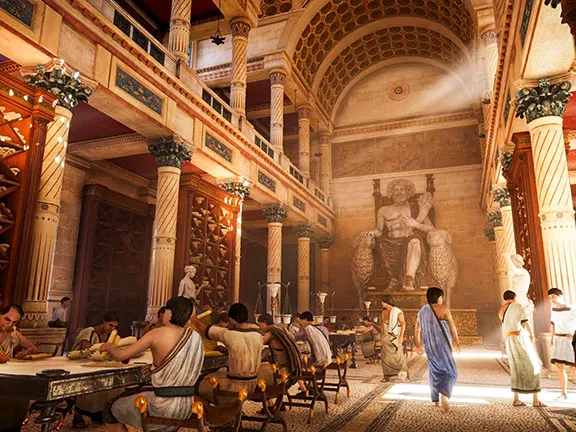 Six Great Ancient Libraries
Six Great Ancient Libraries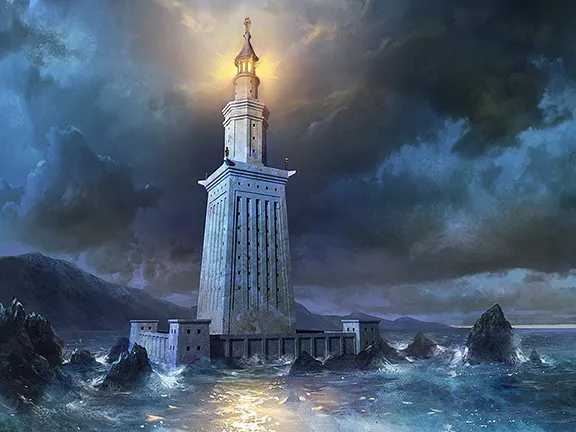 Ancient Greek Technology
Ancient Greek Technology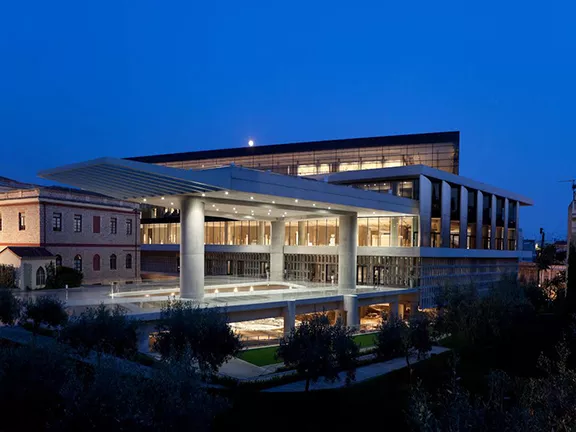 Broadening Horizons
Broadening Horizons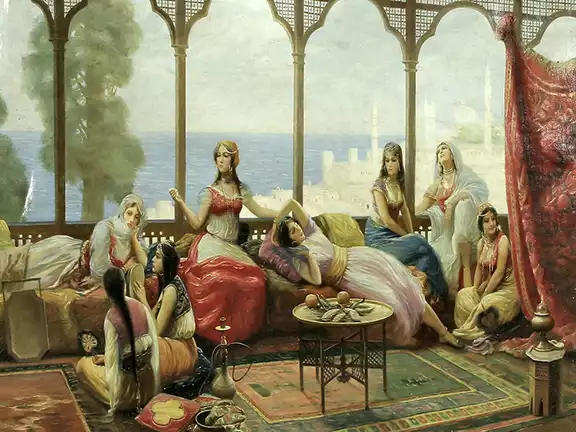 The Nadītu Investors of Sippar
The Nadītu Investors of Sippar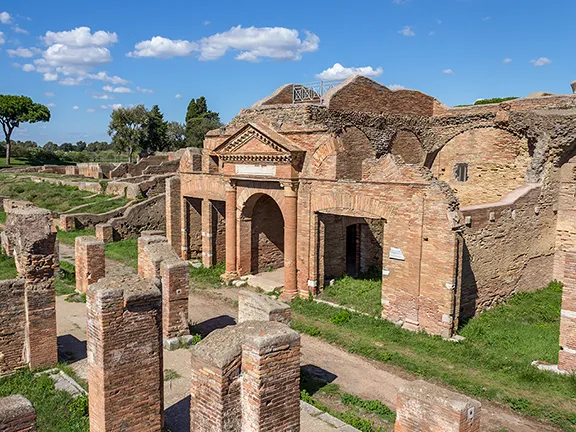 New light on Hadrian
New light on Hadrian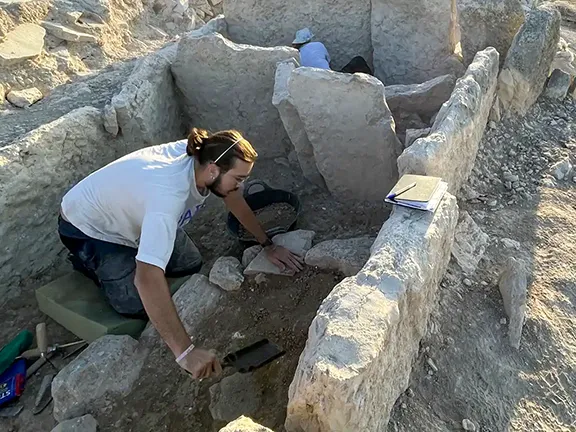 The Dolmens of La Lentejuela Teba
The Dolmens of La Lentejuela Teba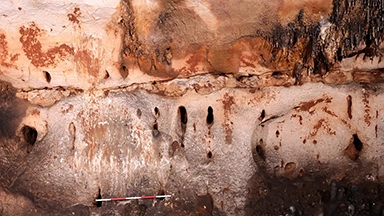 New Cave Art Discovery in Valencia region
New Cave Art Discovery in Valencia region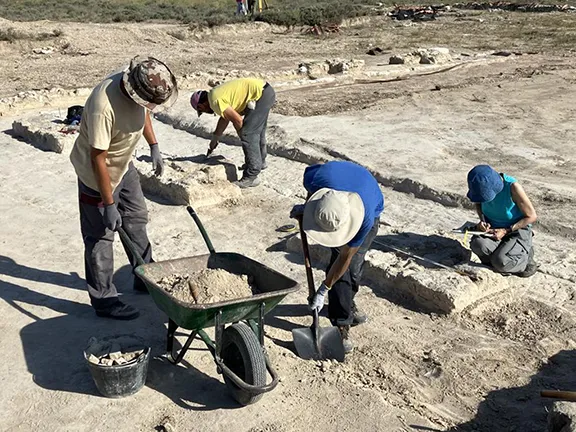 La Cabaneta Oldest Roman Forum in Iberian Peninsula
La Cabaneta Oldest Roman Forum in Iberian Peninsula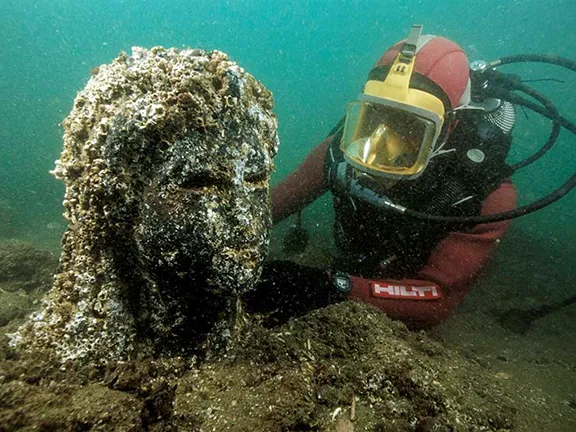 New Discoveries at Ancient Sunken City of Thonis-Heracleion
New Discoveries at Ancient Sunken City of Thonis-Heracleion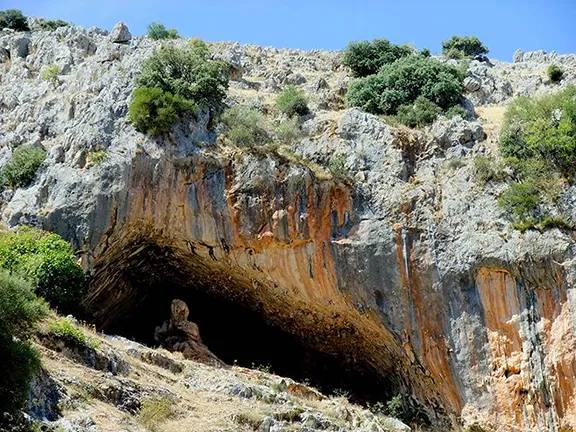 Europe's Oldest Shoes Found: 6,000-Year-Old Sandals Woven from Grass
Europe's Oldest Shoes Found: 6,000-Year-Old Sandals Woven from Grass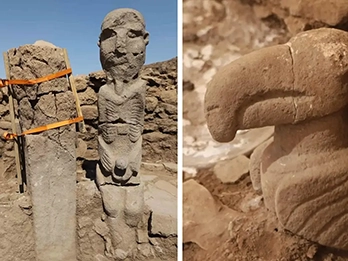 Discoveries at Gobekli Tepe and Karahan
Discoveries at Gobekli Tepe and Karahan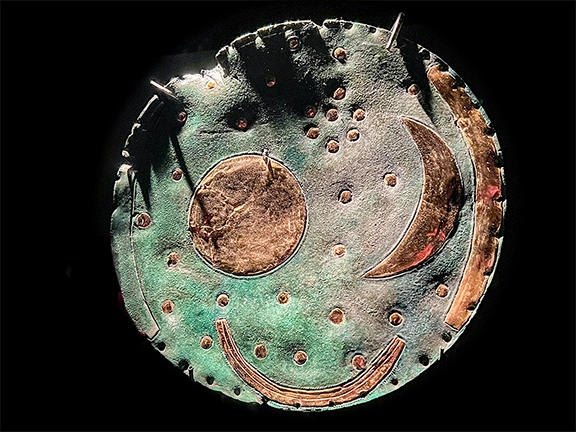 The Nebra Sky Disc: A Bronze Age Calendar
The Nebra Sky Disc: A Bronze Age Calendar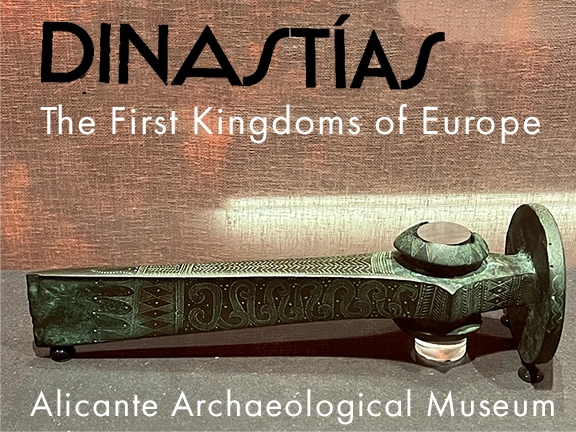 New Exhibition at the Archaeological Museum in Alicante
New Exhibition at the Archaeological Museum in Alicante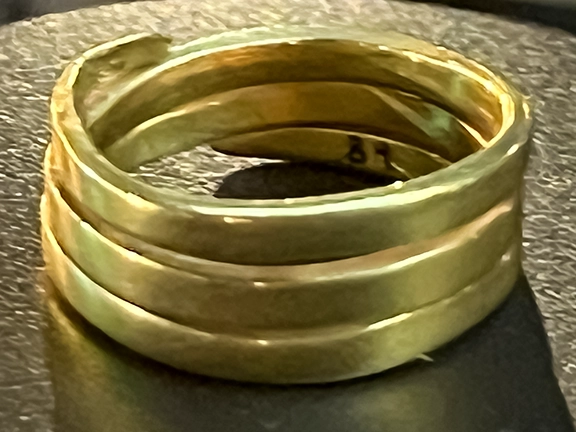 Bronze Age: A Golden Age for Jewellery
Bronze Age: A Golden Age for Jewellery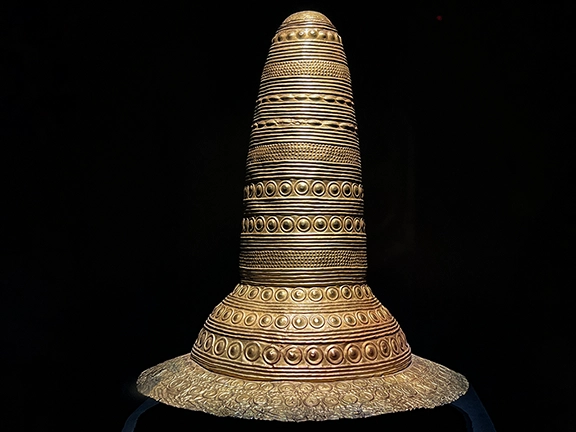 The Golden Hat of Schifferstadt
The Golden Hat of Schifferstadt